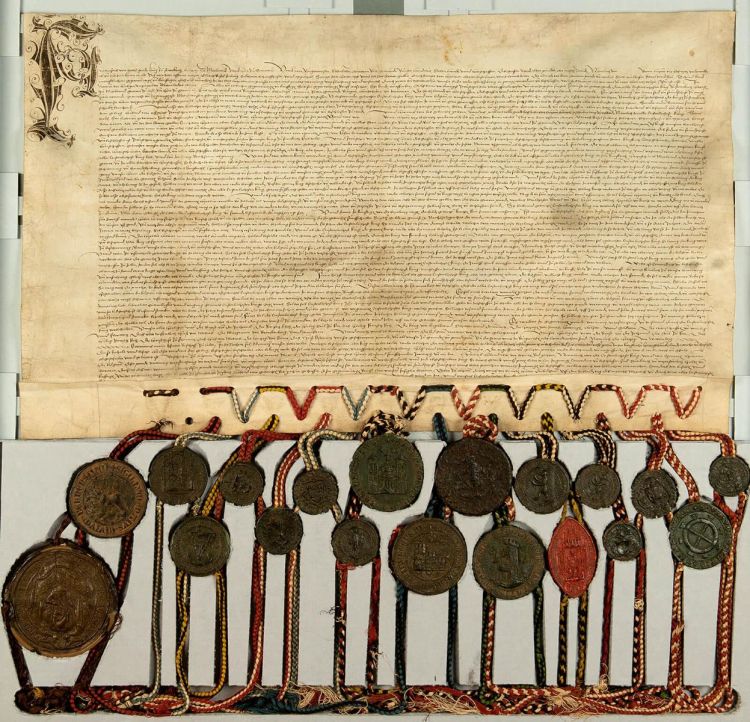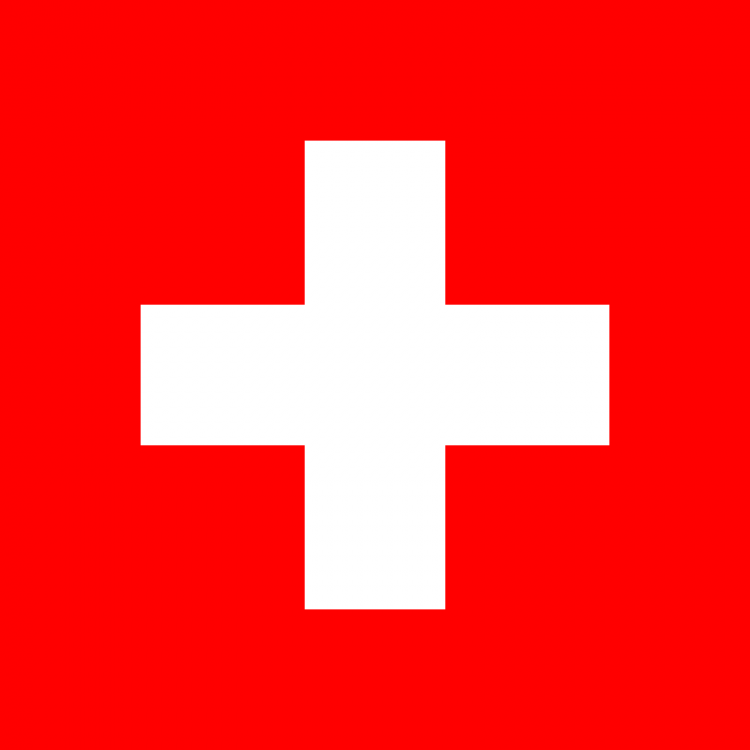Die Zeittafel
1497
Eidgenossen stellen die erste Leibgarde («Cent-Suisses») für den französischen König.
1521
1567
Oberst der Gardeschweizer Ludwig Pfyffer von Altishofen rettet den französischen König Charles IX beim Rückzug aus Meaux vor den Hugenotten.
1792

Abb. 2: Ausschnitte aus dem Gemälde «Tuileriensturm» von Ludwig Bang und Otto Lorch, vermutlich um 1889

Abb. 3: Ausschnitte aus dem Gemälde «Tuileriensturm» von Ludwig Bang und Otto Lorch, vermutlich um 1889
Eine 35 000-köpfige Volksmenge stürmt die Tuilerien in Paris. Mehrere Hundert Schweizer, die Leibgarde des Königs, werden getötet.
1798
1816
Auf dem Friedhof de la Madeleine in Paris wird über dem Massengrab der getöteten Schweizer ein Gedenkort für das hingerichtete und ebenfalls dort bestattete Königspaar Louis XVI und Marie-Antoinette errichtet. 1826 wird er als Chapelle commémorative eingeweiht (später Chapelle expiatoire).
1817
Nach dem restaurativen Umsturz ehrt die Tagsatzung in Bern die Veteranen der Schweizergarde. Der Luzerner Carl Pfyffer von Altishofen entwickelt Ideen für ein Denkmal in seinem Garten im ehemaligen St.-Antoni-Steinbruch.
1818
Carl Pfyffer von Altishofen sucht in ganz Europa Geld für das Denkmal.
1819
Der dänische Künstler Bertel Thorvaldsen entwirft in Rom ein Löwenmodell, in Luzern beginnen die Arbeiten am Felsen.
1820
Als Gedächtnisort für die Gefallenen wird die St.-Antonius-Kapelle vor den ehemaligen Steinbruch versetzt.
1821
Am 10. August wird in Luzern das Löwendenkmal mit viel aristokratischer Prominenz in der Luzerner Hofkirche, dann vor Ort im Landschaftspark eingeweiht. Die Luzerner Sektion der Studentenverbindung Zofingia unternimmt als patriotische Gegendemonstration eine Wallfahrt zur Kapelle Wilhelm Tells in der Hohlen Gasse bei Küssnacht.
1848
1867
1886
Das private Löwendenkmalmuseum öffnet gegenüber der Parkanlage. 1895 wird das Museum von Kunstmaler Ernst Hodel senior erworben, der darin nach und nach ein Alpendiorama realisiert, 1901 eröffnet unter dem Namen Alpineum.
1942
1944
1945
US-Soldaten besuchen auf ihrem Urlaub das Löwendenkmal. Später folgen die grossen Touristenströme.
1982
2009
Aus politischen Gründen wird ein Anschlag mit roter Farbe auf den Löwen verübt.
2021
Das Löwendenkmal ist in 200 Jahren zu einem der beliebtesten Touristenziele der Schweiz geworden – künstlerisch anerkannt, politisch bleibt es allerdings umstritten.
Büro für Geschichte, Kultur und Zeitgeschehen / Stadt Luzern (Hrsg.), In die Höhle des Löwen. 200 Jahre Löwendenkmal Luzern, Luzern 2021.
Soldallianz 1521 zwischen Frankreich und Luzern:
https://staatsarchiv.lu.ch/schaufenster/quellen/Soldallianz
Abb. 1: StALU, URK1/4, Soldallianz Frankreich und Luzern, 1521.
Abb. 2 + 3: Ausschnitte aus: Ludwig Bang und Otto Lorch, Tuileriensturm 1889, 5 x 10,5 m, beidseitig beschnitten, nicht wässerig gebundene Malschicht auf Leinwand. Eigentümer Daniel E. Hodel © Jürg Stadelmann.
Abb. 4: Wikipedia, Helvetische Republik, gemeinfrei.
Abb. 5: Haas, Franz. Die Medaillen über das Ereignis vom 10. August 1792, in: Revue suisse de numismatique 3 (1893), S. 29-34, Pl. III.
Abb. 6: Wikipedia, Schweizer Fahne, gemeinfrei.
Abb. 7: SALU, F2a/ANLAGEN/24.03:02, Fotograf unbekannt, um 1951–1955.
Abb. 8: Fotograf Martin Hüppi, 2009.
Abb. 9: ZHB Sondersammlung, LSa.17.4.1, Maler Hodels grosses Alpen-Diorama beim Löwendenkmal in Luzern = Grand diorama des Alpes vis-à-vis du monument du lion = Large diorama of the Alps quite near to the lion-monument. Luzern: Genossenschafts-Buchdruckerei, 1895.
Abb. 10: ETH-Bibliothek Zürich, Bildarchiv, Fel_003401-RE, Public Domain Mark, Fotograf unbekannt, vor 28.3.1902.
Abb. 11: ZHB Sondersammlung, P LSa17.1.55, Fotograf Karl Egli, 1953.
Abb. 12: Fotograf Peter Fischli, 1990, © Keystone.
Abb. 13: SALU, F5.A/0002, Plakat Leue Rock, unbekannt, 1985.
Abb. 14: SALU, F5.A/0009, Plakat Leue Rock, unbekannt, 1988.
Abkürzungen
SALU: Stadtarchiv der Stadt Luzern
ZHB Sondersammlung: Zentral- und Hochschulbibliothek Luzern, Sondersammlung
Bildquellennachweis
Wir haben die Abklärung der Bildrechte nach bestem Wissen und Gewissen vorgenommen. Sollten unsere Bildnachweise unvollständig sein, bitten wir um Nachsicht und sind für jeden Hinweis dankbar.












